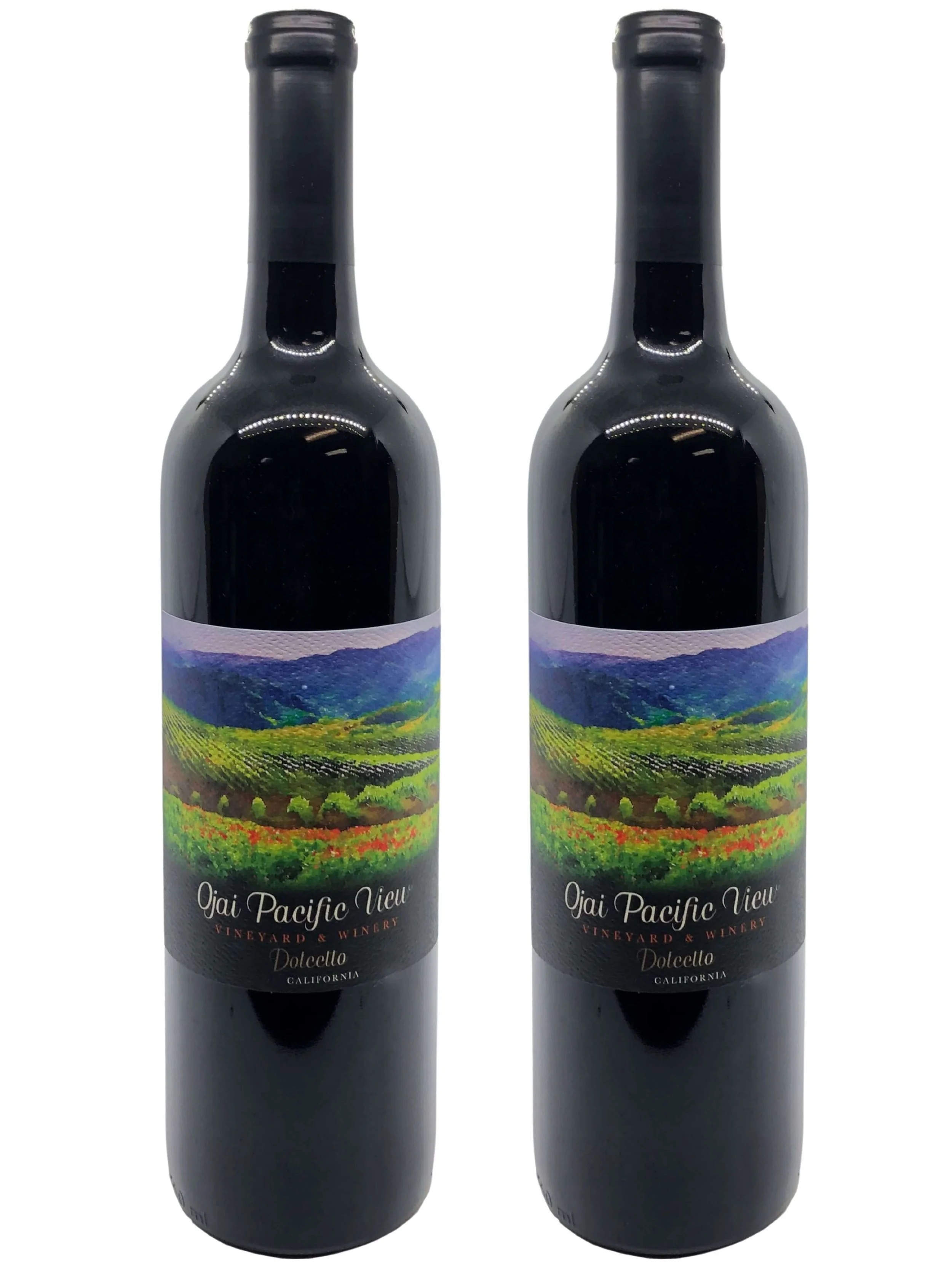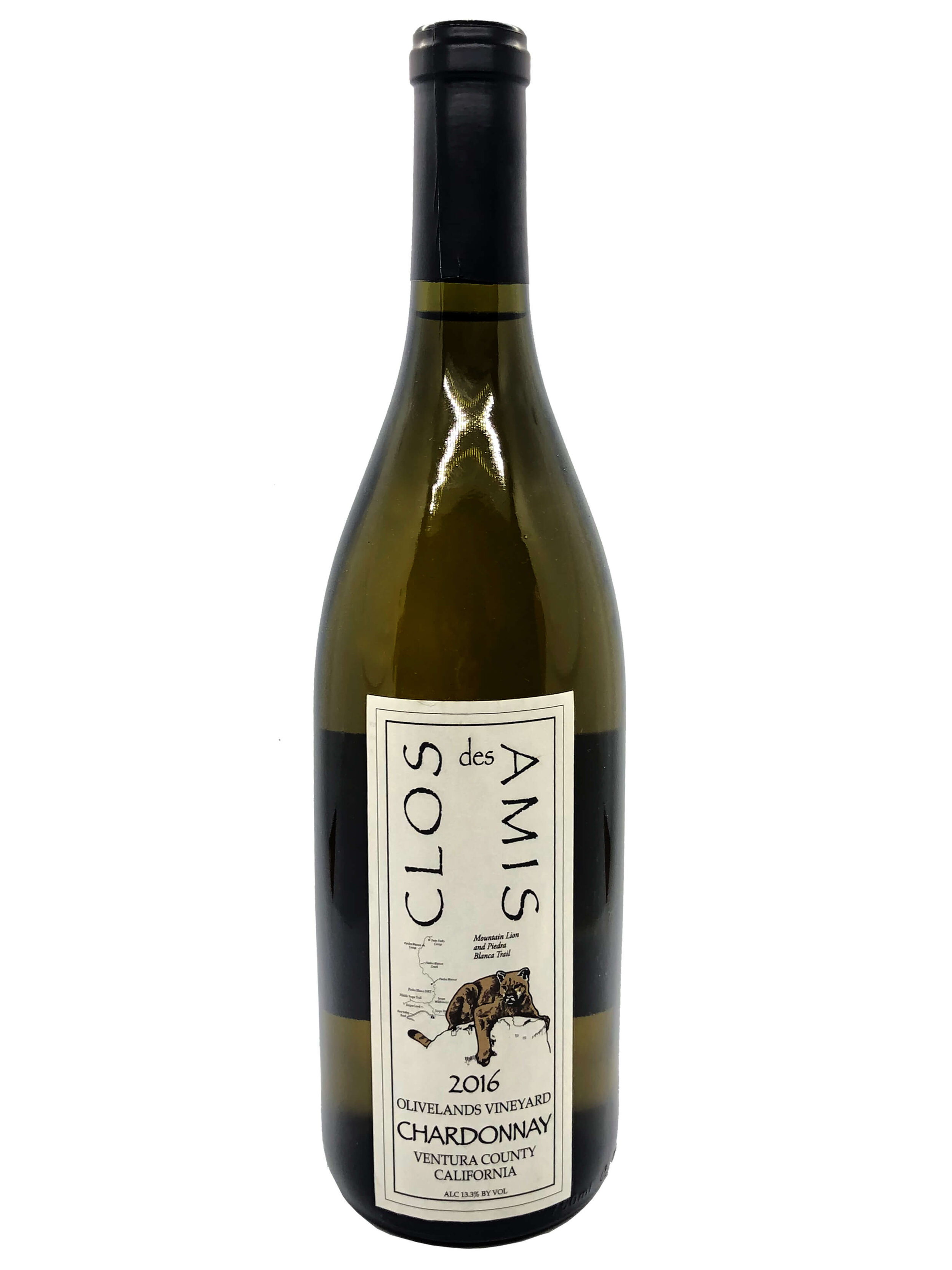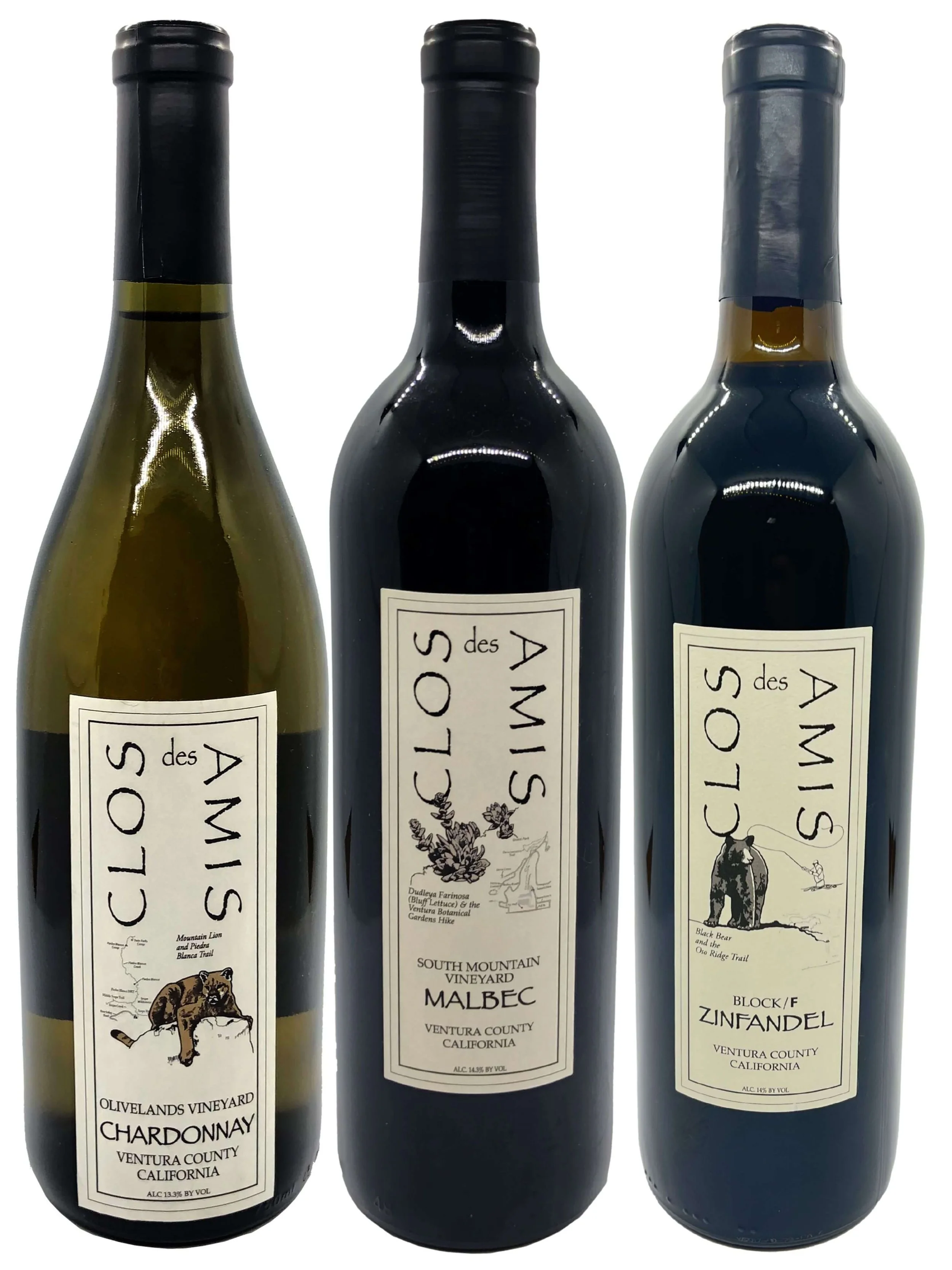Native Americans' Rich Heritage of Holistic & Sustainable Sustenance
The stony shore of Shinnecock Bay, home to the Shinnecock Native Americans in New York.
You know you are at the end of Thanksgiving when you open up the fridge to find a sea of leftovers of turkey & sides, that was (hopefully) paired successfully with some great wines, and our attention that has since moved onto checking out Black Friday deals.
By now, you probably have the story of Thanksgiving hardwired in your brain: having started in Massachusetts with a feast between English pilgrims and Native Americans, specifically the Wampanoag people based in New England.
Yet, it appears that the first celebration of Thanksgiving actually happened 60 years prior in Florida between newly arrived Spanish settlers and Native Americans based there, called the Timucuan.
In either case, it is clear that the origin of this national holiday lies in the arrival of Europeans to North America and giving thanks and gratitude with Native Americans that they met upon settling. Native Americans are intertwined into our cultural history this month, with November being Native American Heritage Month, and yesterday, known more as Black Friday, being Native American Heritage Day. This is time “to honor and remember the culture and contributions of the Indigenous people of America.”
In this spirit, we reflect on Native Americans’ contribution to our own lives, and honor their cultural heritage which often embrace preserving the natural ecosystems surrounding them. These values mesh with ours along with our producers who farm their own land to make authentic and sustainable wines and olive oils. But what’s really the connection to Native Americans and our wines? Read on.
Native Americans’ Coast to Coast Influence
Shinnecock women kelp farmers checking on the kelp they cultivate in Shinnecock Bay whose efforts rebalance nitrogen and carbon levels in the bay, and restore other natural elements in the water.
Those of you familiar with New York’s Long Island, especially the ‘South Fork’, about 2 hours east of New York City, just before the village of Southampton, will know an area called Shinnecock. Our founder, Sheila Donohue, was lucky to have spent her summers there growing up, along Shinnecock Bay, named after the Shinnecock Nation, one of the oldest self-governing tribes in the State of New York, and whose name roughly translates as "people of the stony shore". The Shinnecock are a historic tribe, and just to give some historical context, New England’s Wampanoag from the ‘Thanksgiving story’ were considered a neighboring tribe of the Shinnecock.
Being surrounded by water, not surprisingly, the Shinnecock were known for their seafaring skills, even having helped the European settlers with fishing and whaling. Today, a group of Shinnecock women have banded together, collaborating with a local group of Catholic nuns, to plant kelp farms in Shinnecock Bay. This holistic approach to sea farming provides for food and medicine along with bringing back a natural equilibrium to the Bay whose natural ecosystem has been greatly disrupted due to pollution and climate change.
View of the Channel Islands from the Sulphur Mountain area of Upper Ojai Valley in Southern California.
Meanwhile, another Vero colleague, chef & sommelier Jacqueline Mitchell, originally from California, grew up with influence from a different Native American tribe: the Chumash. The Chumash Native Americans, are the indigenous peoples living in the coastal regions of California, particularly the areas around the Channel Islands and including the Ojai Valley and Ventura County, where Vero is headquartered. The Chumash have a rich and diverse cultural heritage that has withstood the test of time, despite a beating from colonization and missionaries. In fact, many place names are derived from the original Chumash names, such as Malibu, Lake Castaic, Ojai, Point Mugu, and Pismo Beach just to name a few. Historically, at their height before the arrival of Spanish Missionaries, the Chumash people’s reach extended roughly from San Luis Obispo in the north, to Malibu in the south, extending inland towards the Tejon Pass in the east and over onto the Channel Islands off the coast to the west. Today, the Chumash population is slightly over 10,100.
Who Are the Chumash?
The Chumash people have a history dating back thousands of years, with evidence of their presence along the California coast and in Ventura County and the Ojai Valley as far back as 13,000 years ago, with some of the oldest North American remains ever being discovered on Santa Rosa Island, part of the Channel Islands National Park showing that, even way back then, there was a complex society deeply intertwined with the diverse landscapes of the area. They developed a sophisticated society, renowned for their maritime skills, advanced basketry, and distinctive rock art. The Chumash were skilled hunters and gatherers, relying on the abundant marine life and diverse plant resources of the region. In fact, the Ojai Valley, surrounded by the Topa Topa Mountains and the Los Padres National Forest, provided a rich environment for the Chumash to thrive. The abundant flora and fauna, along with the Ventura River, sustained their communities and influenced their cultural practices.
The story of European colonization of the American indigenous peoples is a familiar one, that we do not have time to fully do justice here. Suffice it to say, that as with all Native American cultures and tribes across the America, contact with Spanish explorers and missionaries in the late 18th century marked a significant turning point in Chumash history and had a profound impact on their way of life, to say the least. The introduction of new diseases, cultural disruption, forced conversions, and changes in land use permanently altered their communities. As the Spanish created a string of ranch style missions along the entire west coast, they took Native American lands, including the Chumash, and ‘hired’ the displaced Chumash people, often requiring conversion to Christianity and the abandon of the Chumash tribes tradtion. There were a total of five of these missions built on Chumash territory: San Luis Obispo, San Buenaventura, Santa Barbara, La Purisma, and Santa Ynez. The California Gold Rush in the mid 1800s further marginalilzed and decimated the community, however, the Chumash people have demonstrated resilience, maintaining aspects of their cultural heritage to this day. They are a crucial part of their local communities, not only preserving the history and archaeology of the areas, both theirs and of later inhabitants, but also leaders in the fight to save marine life and ecosystems.
The snow capped Topa Topa Mountains
The Land of the Chumash
The Chumash inhabited a region blessed with natural beauty and diverse ecosystems. From the rugged coastal areas to the fertile inland valleys, their territory was vast and varied. The Ventura County and the Ojai Valley areas of the mainland served as a microcosm of the broader Chumash territory, offering a diverse range of ecosystems from coastal areas to mountainous landscapes. The Chumash people adapted to these varied environments, utilizing different resources depending on their location. The presence of oak groves, abundant wildlife, and the Ventura River Valley contributed to the richness of the Chumash culture in this region.
The coastal environment of the region provided the Chumash with an abundance of marine life, including fish, seals, and shellfish, which played a crucial role in their diet and cultural practices. The inland areas offered a wealth of plant resources, supporting a thriving society with distinct villages and trade networks. This gave them access as well to the Channel Islands. These Channel Islands, located off the coast of Southern California, held particular significance for the Chumash. These islands (Santa Cruz, Santa Rosa, San Miguel, Catalina, and others) served as important centers for trade, resource extraction, and ceremonial activities.
Chumash Beliefs in Interconnectedness
Spiritual view of Ventura County as seen from the Upper Ojai Valley mountains.
The oral traditions of the Chumash people are rich with myths and legends that reflect their deep connection to the natural world and are woven into the natural features of the landscape. These stories often intertwine with the landscape, explaining the origins of natural features and the relationships between humans, animals, and the supernatural. These stories of the Topa Topa Mountains, the Ventura River, and the Ojai Valley itself are passed down through generations, often emphasizing the interconnectedness of the Chumash people with the land and the spiritual significance of their surroundings.
The Chumash believe in a multi-layered universe:
on the top are where spiritual beings live, like the Great Eagle, Sky Coyote, and Sun;
the Chumash themselves live in the middle world;
below lie the monsters.
According to traditions passed down, the spiritual beings often interact with the Chumash in stories, such as how the Condor became black, but perhaps one of the most famous stories is that of the Rainbow Bridge, of how the Chumash came to live on both the Channel Islands and the mainland. According to this story, Mother Earth, or Hutash, planted the Chumash on the island of Limuw. Eventually, they grew too numerous for the island and Hutash built them a bridge made of a rainbow to help cross to the mainland. She warned, however, to not look down during the crossing. As the Chumash crossed over ‘the channel’ which, they say, is as deep as the Grand Canyon, some inevitably glanced off the edge and down, falling to their deaths below. However, Hutash saved them, turning them into dolphins.
The coastal hills and mountains, such as those creating the Ojai Valley where the Chumash had a settlement, held important spiritual significance to the Chumash. Numerous paintings have been found in the caves and rocks of the mountainous areas such as the Topa Topas, using local dyes as a medium. Hiking in the Topa Topas and in the Upper Ojai Valley and other areas of spiritual significance, often views of the Pacific Ocean and the Channel Islands are visible.
A famous arch feature of Anacapa Island, part of the Channel Islands
The Channel Islands
The five Channel Islands off the coast of Southern California hold a special place in Chumash history and spirituality. Their was a distinct ‘island population’ as the Chumash inhabited several of these islands, although some like Anacapa, were not lived on year round. The islands were not only important centers for trade but also played a role in the Chumash spirituality. The Chumash used boats called Tomol, or a wood plank canoe held together by pine tar and animal sinew which could hold as many as 10 people in the larger crafts; it is in these tomol that the different groups of Chumash, mainly the island dwellers, coastal settlements, and the mainland clans, would traverse the channel to trade and interact.
Today, the Channel Islands remain a testament to the Chumash legacy. Archaeological sites, including village remains and rock art, offer insights into their ancient way of life. Efforts to preserve these sites and the cultural significance of the islands are ongoing, acknowledging the importance of maintaining the connection between the Chumash people and their ancestral lands. Today a National Park, the Channel Islands National Park is home to abundant marine life such as dolphins, seals, sea lions, in addition to grey whales during migration, which can all be spotted swimming between the islands and the mainland.
The Chumash are diligent in their work to preserve the islands and the entire coastline, especially the parts that fall outside of the National Park’s jurisdiction.
The Wines of Chumash Country
Wine grapes (more specifically the mission vine) were brought over by the Spanish missionaries, meaning wine itself became a part of Chumash life only later. However, that doesn’t mean that local wineries in Ventura County and Upper Ojai Valley do not recognize the beauty and spirituality of the land they currently inhabit.
One Ojai winery, that of Mother Daughter owned Ojai Pacific View, made their Dolcetto wine from mountaintop vineyards (pictured on their label) overlooking the Pacific Ocean and Channel Islands. Covered in orange poppies and the rare Matilija poppy, their land and vineyards were a spiritual place to go into nature, look out at the land and ocean, and envisage simpler times. Their Dolcettos have been awarded multiple gold medals such as from the Sommelier Choice Awards and the International Womens Wine Competition.
As well, Santa Paula based Clos des Amis harvests grapes from vineyards in Ojai, specifically their Old Vine Zinfandel. They strive to support and honor the local wilderness as well, with every wine label featuring a local animal and hiking trail. The rest of Clos des Amis vines are found across the river bed, in the South Mountain area.
Lastly, Vero itself is headquartered in Ventura, California, and loves to take part in our local community of Ventura small business owners. We were very honored when the Ventura Awards Program named our VeroClub wine subscription as the 2023 Best of Ventura Award in the Wine Club Category.
For those of you that know our curation style, you know that we love to support local communities and small producers. And you can too, by trying a selection of different wines and different winegrowers from our portfolio. We sell to both businesses and consumers across the US:
We are enlarging our network of distributors around the country. Reach out to us if you are interested in distributing our wines.
We sell to wine stores and restaurants in certain states - contact us if you would like more info.
We do corporate gifts and sommelier guided wine tastings. Email us and we’ll tailor unique and sustainable corporate gift ideas.
If our farm crafted wines and olive oils are not in your local shop or restaurant buy wine online here and we’ll ship it to you. Browse the VeroShop to find some great small production wines and try their various vintages.
We also have a wine club for true wine explorers seeking to discover a unique and authentic small production wine they never had - plus as we mentioned, it has won an award for Best Wine Club!

















